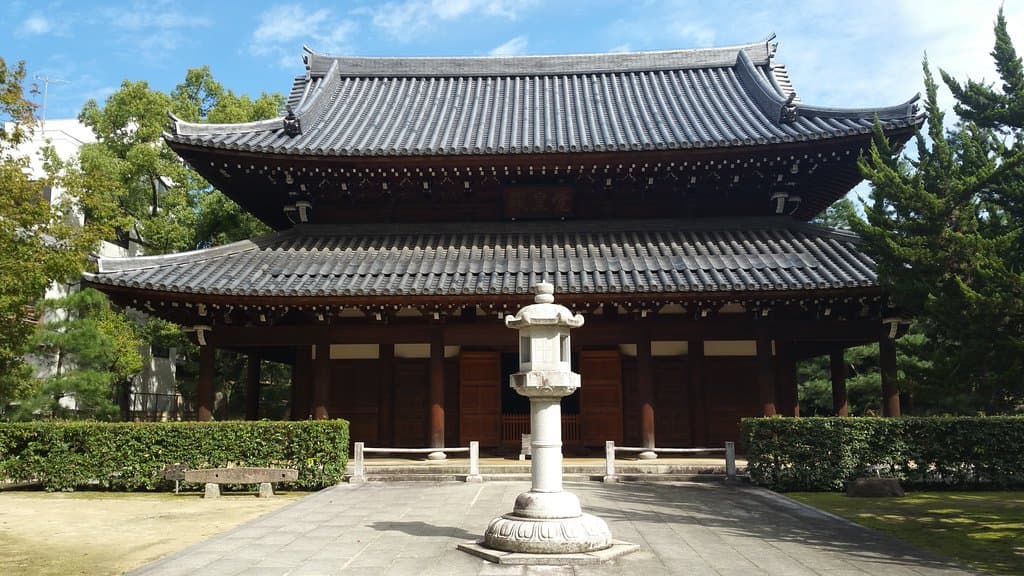
Jotenji Temple
A historic Zen Buddhist temple dating to the 13th century, known for its traditional Chinese-style architecture and a serene sand garden.

Highlights
Must-see attractions

Social
From TikTok & Reddit
Best Time
Fewer crowds than shopping areas

Jotenji Temple
Best Time
Fewer crowds than shopping areas

Highlights
Must-see attractions
A historic Zen Buddhist temple dating to the 13th century, known for its traditional Chinese-style architecture and a serene sand garden.
"A very peaceful place with a beautiful Zen stone garden."

Check Garden Access
The Zen sand garden is often not open to the public. Try to see it from the Jotenji-dori avenue.
Enjoy the Zen Vibe
Even with limited access, the temple offers a peaceful atmosphere and positive energy.
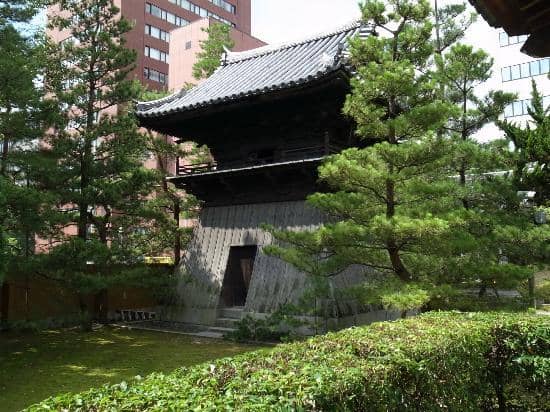
Highlights
Discover the most iconic attractions and experiences
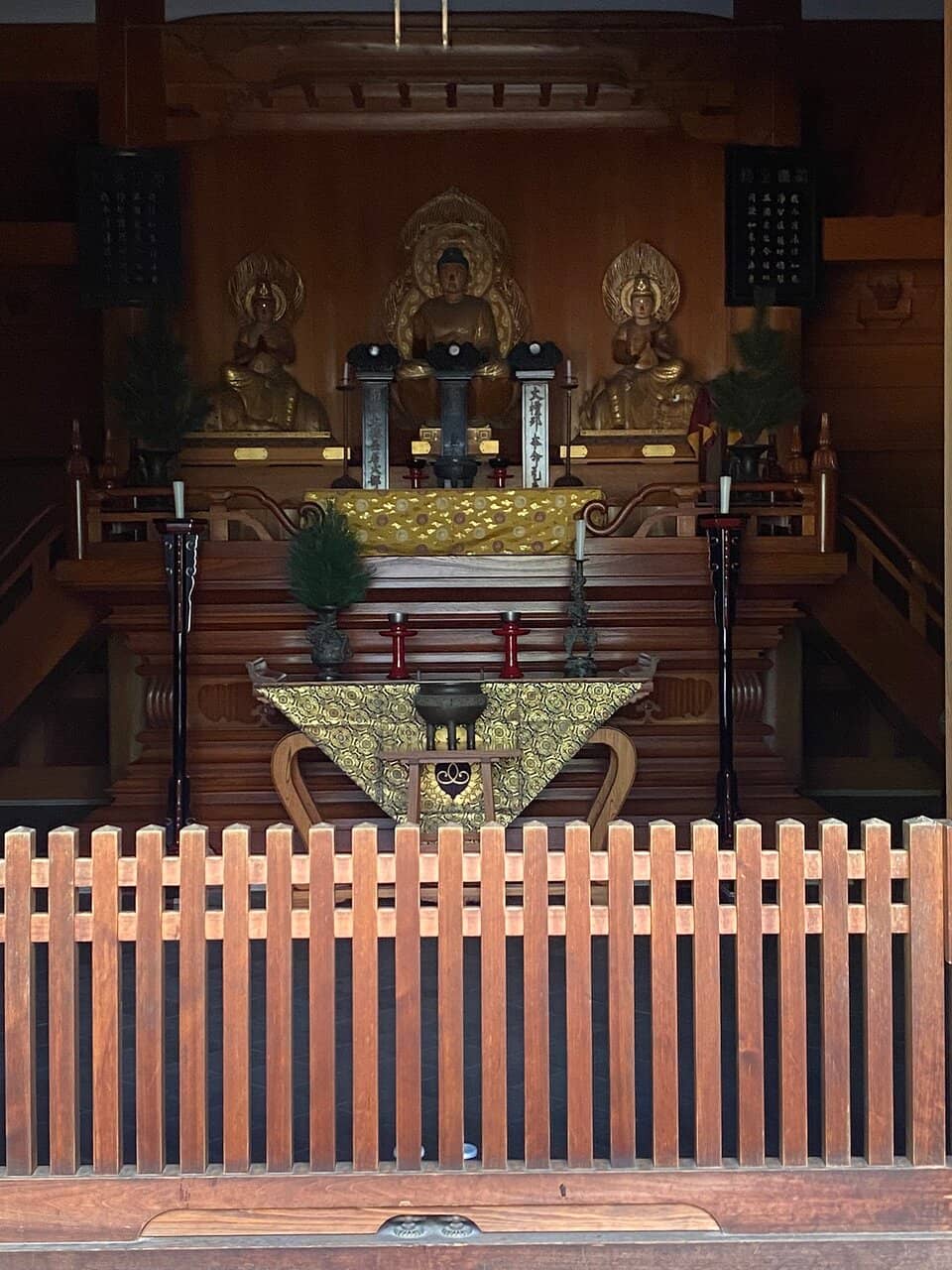
Zen Sand Garden
Temple Entrance
A signature feature, this meticulously raked sand garden offers a glimpse into Zen aesthetics and tranquility.
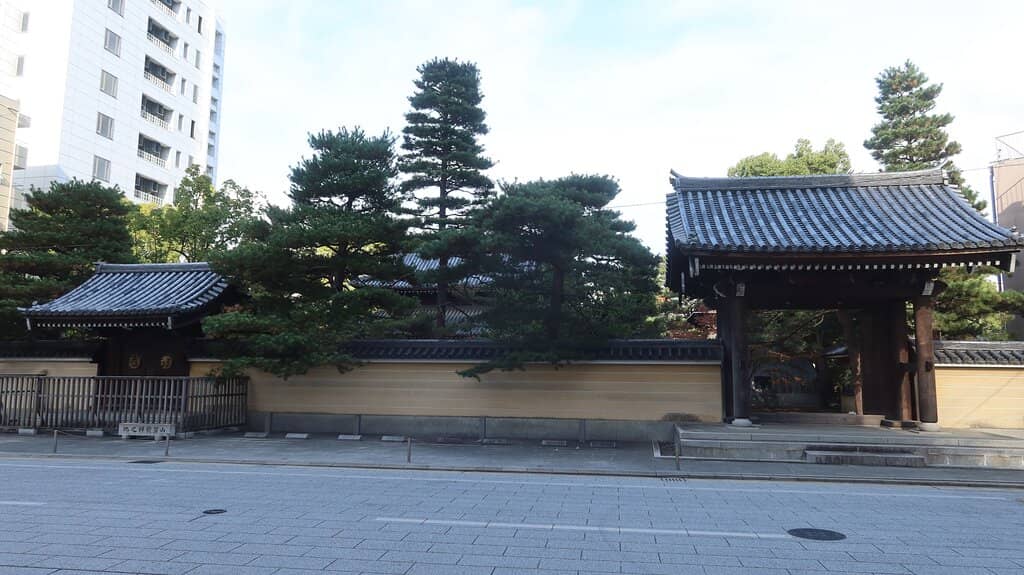
Traditional Architecture
Temple Grounds
Admire the beautiful, refined structural details of the wooden buildings, showcasing classic Japanese temple design.
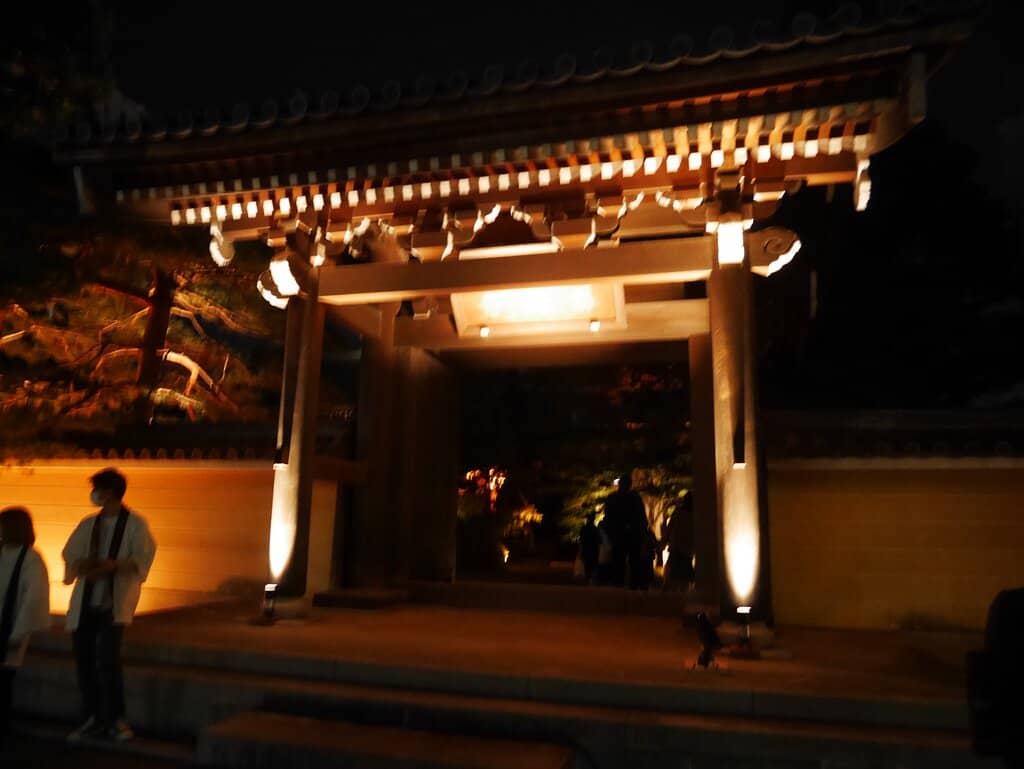
Peaceful Surroundings
Temple Zone
Experience a serene environment with positive energy, perfect for discharging negativity and recharging.
Plans like a pro.
Thinks like you
Planning Your Visit
Check Opening Status
Embrace Tranquility
Best Times
Insider Tips
from TikTok, Instagram & Reddit
Check Garden Access
The Zen sand garden is often not open to the public. Try to see it from the Jotenji-dori avenue.
Enjoy the Zen Vibe
Even with limited access, the temple offers a peaceful atmosphere and positive energy.
Explore Older Fukuoka
Located in a quieter part of the city, it's a great spot to experience traditional Japan.
Tips
from all over the internet
Check Garden Access
The Zen sand garden is often not open to the public. Try to see it from the Jotenji-dori avenue.
Enjoy the Zen Vibe
Even with limited access, the temple offers a peaceful atmosphere and positive energy.
Explore Older Fukuoka
Located in a quieter part of the city, it's a great spot to experience traditional Japan.
What Travellers Say
Reviews Summary
Jotenji Temple is praised for its serene atmosphere and traditional Zen architecture, offering a peaceful retreat away from busy tourist spots. While many visitors appreciate the tranquility and the glimpse of the famous sand garden, some express disappointment that inner courts and the garden are often inaccessible.
"At the time of my visit (3 May 2025, Sat), only the front yard is open to visitors. Nevertheless, one may have glimpse of the Buddhist temple's traditional architecture by looking through the bars. It would be wonderful place to visit if the inner court is open to tourists, but the tranquility of the temple may be sacrificed. It is located in the older part of Fukuoka city, which has fewer tourists than the shopping areas around it."
Siu Y Lo
"It is a beautiful ancient castle, one of the few remaining from Japan's feudal era. Now it is a museum that you can visit and learn about the ancient culture. A very peaceful place"
Cristina Maniquiz
"承天 Zen Temple, not far from Hakata Station, just behind Hakata thousand years gate. Indeed, all surroundings inside out the Temple are very zenish. The architect, the sand in front of Temple’s meditation zone. Walking here, you can sense the peaceful environment & positive energy to help you discharge all negatives to refresh your spirits & recharge urself. What a great “healing” experience"
J.David Hwang
What People Like
What People Dislike
Frequently Asked Questions
🚇 🗺️ Getting There
Jotenji Temple is conveniently located just behind the Hakata Thousand Years Gate, a short distance from Hakata Station. Many visitors find it an easy walk or a very short taxi ride.
Yes, the temple is situated in an older part of Fukuoka, and while it might not be on the main subway lines, it's accessible via local buses or a pleasant walk from Hakata Station.
Walking from Hakata Station is a popular option for those who enjoy exploring the city on foot. Alternatively, a short taxi ride will get you there quickly.
Information on dedicated parking is scarce, but given its location in a more traditional area, it's advisable to check for nearby public parking lots or rely on public transport.
Yes, using GPS navigation apps on your smartphone is highly recommended to easily locate Jotenji Temple, especially if you're unfamiliar with the area.
🎫 🎫 Tickets & Entry
Generally, there is no admission fee for Jotenji Temple, as it's a place of worship. However, access to certain areas, like the inner court and sand garden, may be restricted.
While the temple grounds are usually accessible, specific opening hours for inner areas or the garden are not always clearly defined. It's best to visit during daylight hours.
No, the beautiful Zen stone garden is generally NOT open to the public, except on a few religious days. Visitors can typically view it from the side of Jotenji-dori.
Access to the main wooden buildings might be limited. Visitors can often admire their architecture from the exterior and the front yard.
The temple may open its inner areas or garden on specific religious holidays. It's advisable to check local listings or inquire locally for such occasions.
📸 📸 Photography
Photography is generally permitted in the accessible areas of the temple grounds, but always be respectful of the sacred nature of the site.
If you can view the sand garden from the Jotenji-dori avenue, photography is usually allowed from that vantage point.
While exterior shots are usually fine, it's best to avoid photographing inside any restricted areas or during religious ceremonies to maintain reverence.
The traditional architecture and the view of the sand garden from the street are popular photo opportunities. The peaceful atmosphere itself can also be captured.
It's always a good practice to avoid using flash photography in temples and religious sites to respect the environment and any worshippers present.
🎫 🧘 Onsite Experience
Visitors consistently describe Jotenji Temple as a very peaceful and zen-like place, offering a sense of tranquility and positive energy.
Compared to major tourist hubs, Jotenji Temple is known for having fewer visitors, even on weekends, contributing to its serene atmosphere.
Even without full garden access, you can appreciate the traditional architecture, enjoy the peaceful surroundings, and soak in the zen ambiance of the temple grounds.
Absolutely. The temple's design, location, and low visitor numbers make it an ideal spot for quiet contemplation and spiritual refreshment.
Founded in 1242, Jotenji Temple is a significant Zen Buddhist temple of the Rinzai school, with influences from Korean Buddhism evident in its history and renovations.
For Different Travelers
Tailored advice for your travel style
Solo Travelers Seeking Peace
Even if the main sand garden isn't accessible, the temple grounds offer a calming environment. Take your time to wander, observe the architecture, and simply soak in the zen ambiance. It’s a place where you can feel a sense of positive energy and discharge any stress from your travels.
Culture Enthusiasts
While access may be limited, the visible elements—the traditional wooden buildings and the famed sand garden (even if viewed from afar)—are significant. It's a chance to appreciate the aesthetics and philosophy behind Zen Buddhism's impact on Japanese culture and landscape design.
Deep Dives
In-depth insights and expert knowledge
Understanding the Zen Garden
While the main sand garden is typically off-limits to the public, visitors can often catch a glimpse of its beauty from the adjacent Jotenji-dori avenue. This limited access preserves the sanctity and tranquility of the space, allowing it to serve its intended purpose for monks and worshippers. The very act of viewing it from a distance can still inspire a sense of peace and appreciation for its artistry.
For those interested in Japanese garden design, Jotenji Temple offers a prime example of the aesthetic and philosophical underpinnings of Zen Buddhism translated into landscape art. Even a partial view provides insight into this unique cultural practice.
Architectural Influences
Notably, there's mention of Korean Buddhism influence in its renovations. This suggests a historical exchange of cultural and religious ideas between Japan and Korea, which is reflected in the temple's architectural elements. While specific details of these influences might require deeper study, the mention itself points to a rich and layered history in its construction.
Even from a distance, the gorgeous wooden buildings are a sight to behold. The craftsmanship involved in their construction speaks to the skill of the artisans and the enduring legacy of traditional Japanese building techniques. Visitors can appreciate the aesthetic appeal and the historical narrative embedded within the temple's structures.






Social
from TikTok, Instagram & Reddit